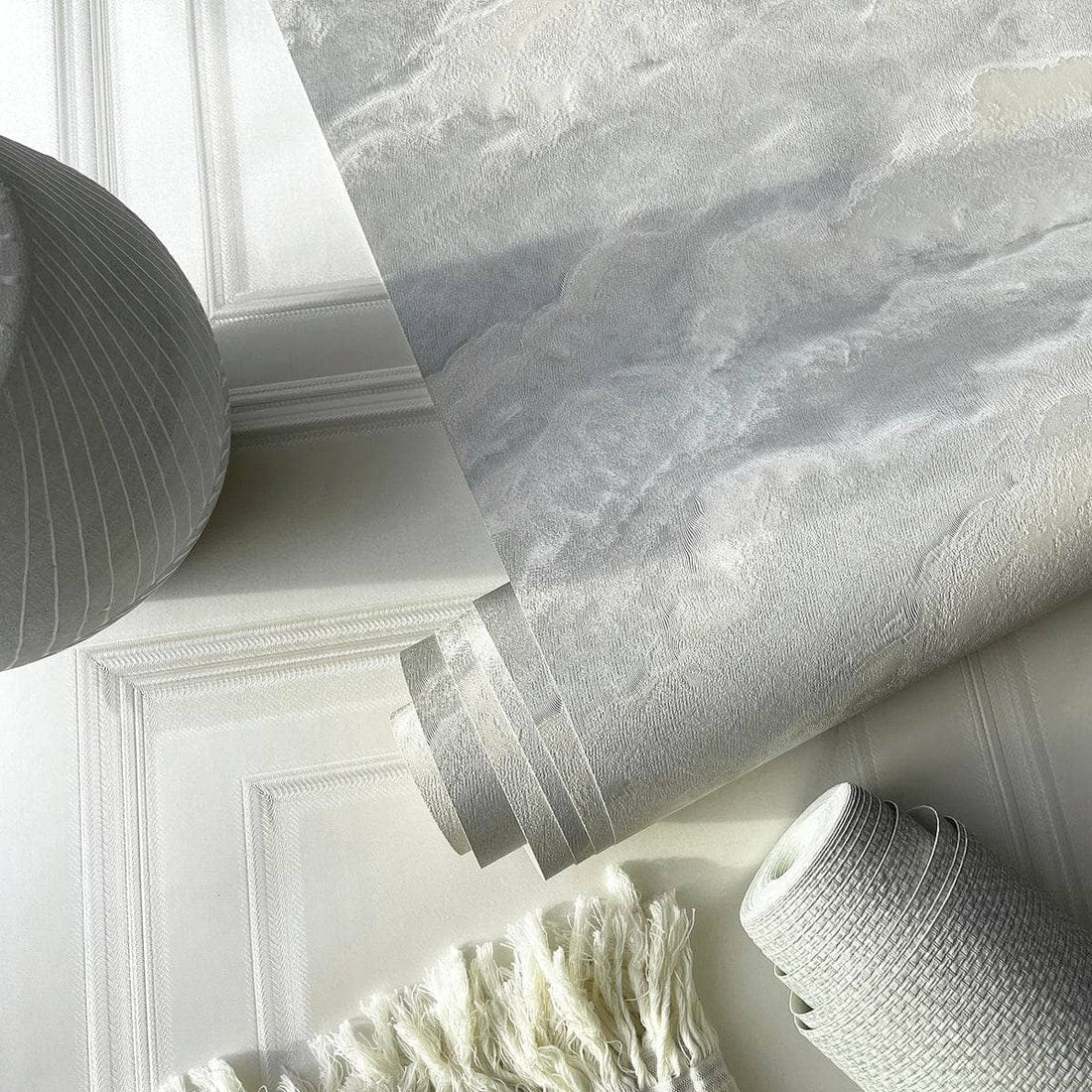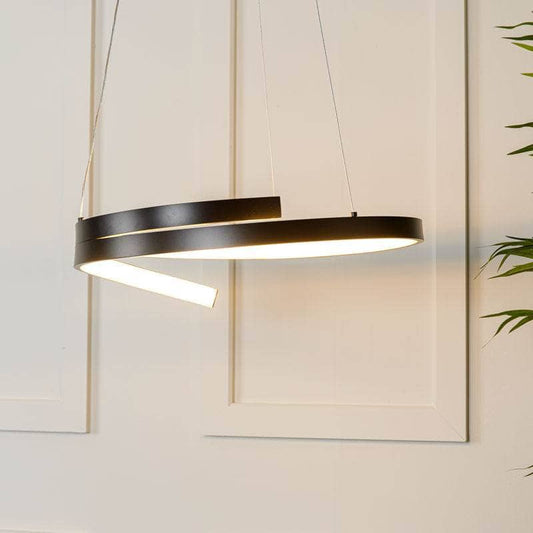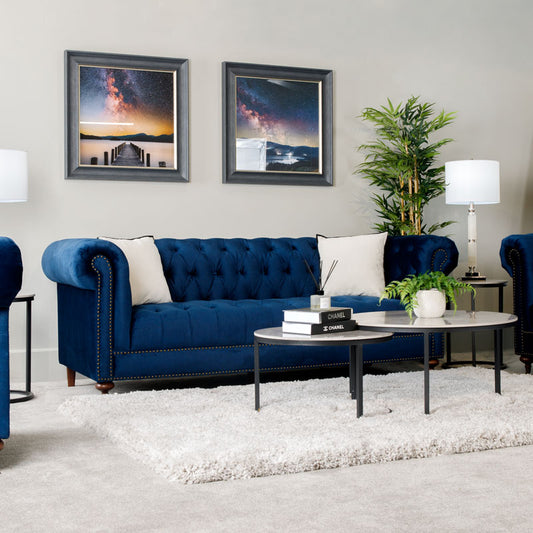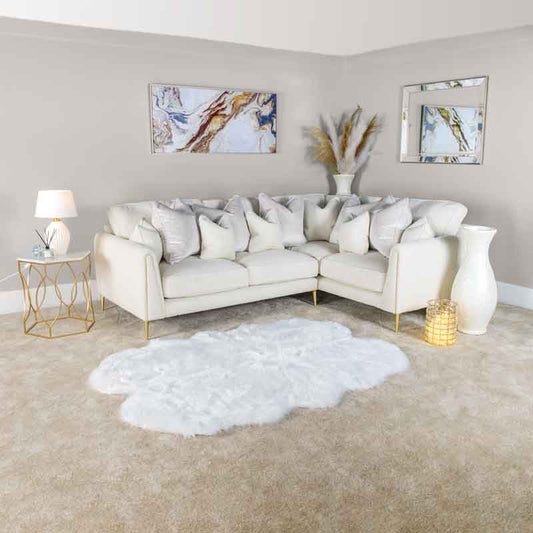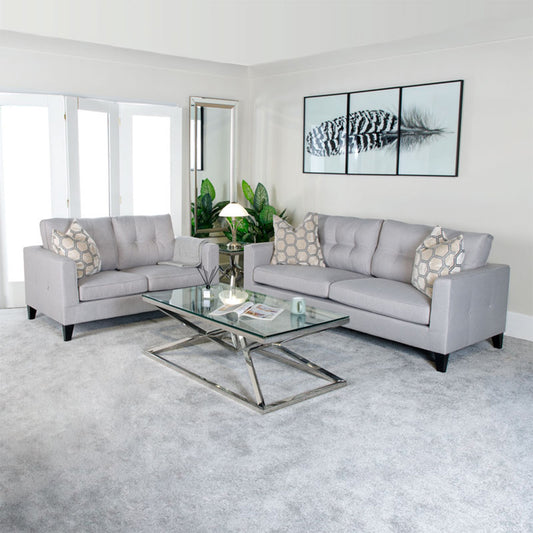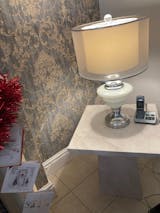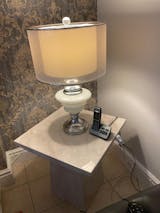At Taskers, our range of wallpapers features a diverse spectrum of shades, patterns, designs, and finishes. Given the intricacies often associated with decorating projects, a number of questions may surface. To streamline your experience, we've curated a comprehensive list of frequently asked questions, addressing every area of the wallpapering process. Explore this resource to find answers to your inquiries and gain valuable insights into the diverse world of wallpaper.
Q. What is a batch number?
Wallpaper is printed in batches, and using rolls from the same batch is crucial to avoid discrepancies in pattern and colour.
The batch numbers are located on the roll label.
Q. Do I need to use lining paper?
Using lining paper is not essential, but it can be beneficial as it conceals wall imperfections, especially when using thin wallpapers, or when aiming for a polished finish.
Q. Can I wallpaper any wall?
You can wallpaper most surfaces, including drywall, concrete, paneling, masonry, new and old plaster, and even tile or laminate. In cases of uneven, recently repaired, or slick surfaces, it is advisable to use lining paper. This provides a smooth foundation for the wallpaper, ensuring it adheres without imperfections.
Q. How do I clean my wallpaper?
To clean wallpapers, use dry cleaning methods such as vacuuming or dusting with a dry sponge or cloth. For washable wallpapers, you can use a sponge with water and a small amount of dish soap. Be careful not to oversaturate the wallpaper. After cleaning, rinse the soap mixture off with a lightly dampened sponge and dry it immediately with a clean and dry cloth. Remember to carry out a small test patch in an inconspicuous spot before cleaning the entire wallpaper.
Q. What is the difference between Paste-the-Wall and Paste-the-Paper wallpaper?
There are two main types of wallpaper Paste-the-Paper and Paste-the-Wall. The main difference is the way the paste is applied before hanging. When using Paste-the-Paper wallpaper, the paste is applied to the back of the wallpaper, and a process called "booking" is required to activate the paste before hanging. This involves letting the paper rest for a while before hanging it. On the other hand, Paste-the-Wall wallpaper requires you to apply the paste directly to the wall before hanging each strip. This type of wallpaper has a backing that doesn't expand when wet and therefore doesn't need time to soak.
Q. What is ‘booking’?
Booking is an important step in wallpapering. It involves giving the wallpaper time to "rest" while the glue becomes active. This process allows the paste to penetrate the wallpaper and prevents it from drying out before hanging. Once the paste has been applied, place the strip with the pattern side down on a flat surface. Gently fold the ends of the strip towards the center, ensuring that the pasted sides touch. Be careful not to crease the folds as it can leave a permanent mark on the wallpaper. Always follow the manufacturer's recommended booking time before hanging the strip.
Q. What wallpaper works best for kitchens and bathrooms?
Opt for moisture-resistant options like vinyl-coated or solid vinyl wallpapers for kitchens and bathrooms. These are durable, washable, and resilient to humidity.
Q. Are all wallpapers rolled the same way?
No! Wallpapers can be rolled either way. Please ensure you have checked the pattern before hanging.
Q. What are the different pattern matches?
Straight Match:
A straight-match wallpaper pattern starts and ends within the width of the roll, making it easy to align the seams. The matching process starts at the ceiling line, ensuring the design aligns on both sides of the strip, creating a horizontal pattern sequence.
Free Match:
Free Match wallpaper, also known as random match wallpaper, is a great option for those who are new to wallpapering. One of the benefits of free-match wallpaper is that you don't have to worry about aligning the design at the seams, which makes the installation process straightforward. Plus, since there's no need to trim away excess paper to achieve design alignment, choosing a free-match wallpaper can help minimize paper wastage.
Offset Match:
Offset Match, also known as a drop match, refers to a wallpaper design that extends beyond the width of a single roll. For a seamless look, it is essential to align the strips both horizontally and vertically. However, aligning offset designs is more challenging and requires careful planning to determine the placement of each strip before starting. The half-drop match repeats at the ceiling line on every alternate strip, creating a diagonal pattern sequence. Offset matches require a larger amount of wallpaper and produce more waste.
Q. How long should it take for my wallpaper to dry?
The drying period for wallpaper can vary from 2 to 7 days, influenced by factors such as the type of wall covering, the state of the wall surface, the adhesive used, and the atmospheric conditions within the room. It is recommended to allow wallpaper to dry naturally in a well-ventilated room.
Q. How can I calculate the amount of wallpaper I need to purchase?
To calculate the number of wallpaper rolls you need to cover your walls, follow these steps:
1. Measure the width of your walls in meters, including any doors or windows you need to paper around.
2. Measure the height of your walls, but exclude the skirting boards from your measurement.
3. Multiply the height by the total width of your walls. This will give you the square meter coverage.
4. Divide the square meter coverage by the length of the wallpaper roll you plan to purchase. This will give you the number of rolls you need to cover your walls without any pattern repeat.
Keep in mind that you may need extra paper for pattern repeats and trimming.
With insights from our top wallpaper FAQs, your wallpapering experience will be smooth and successful. Being your decorating adventure today by discovering our extensive wallpaper collection, available online and in-store.

